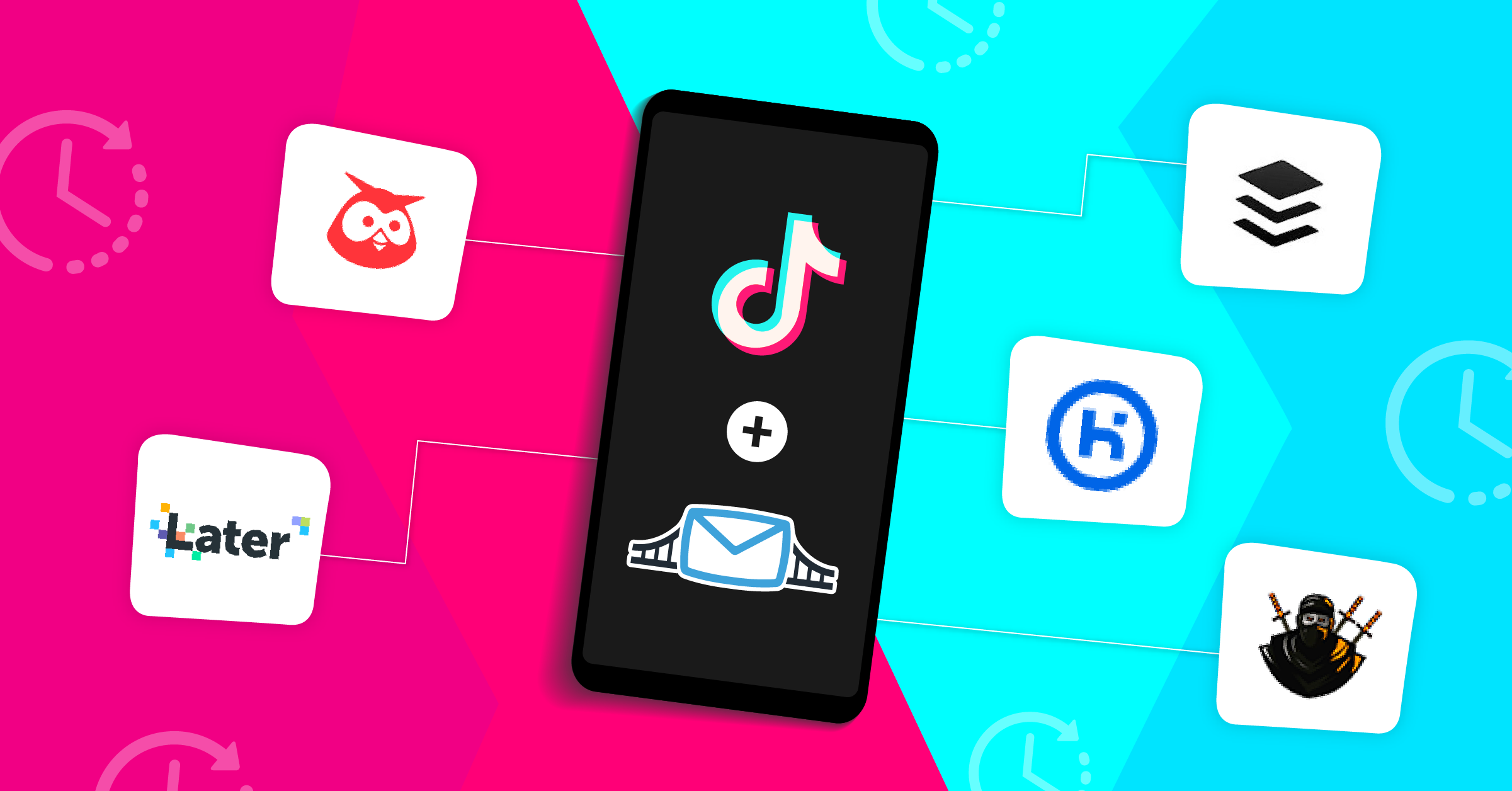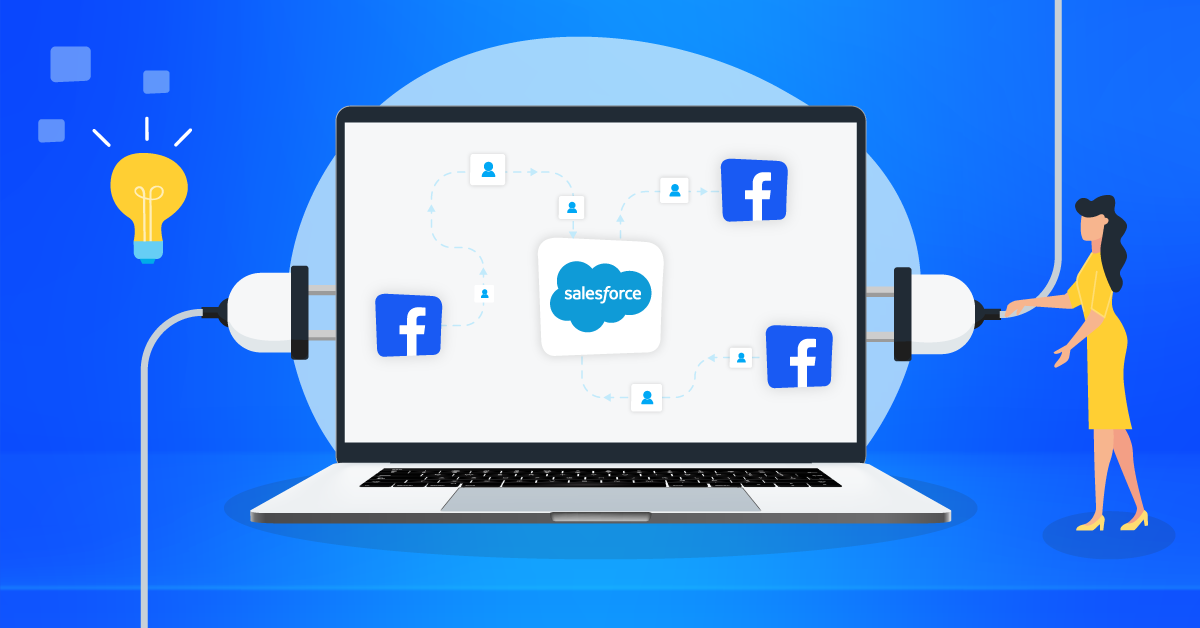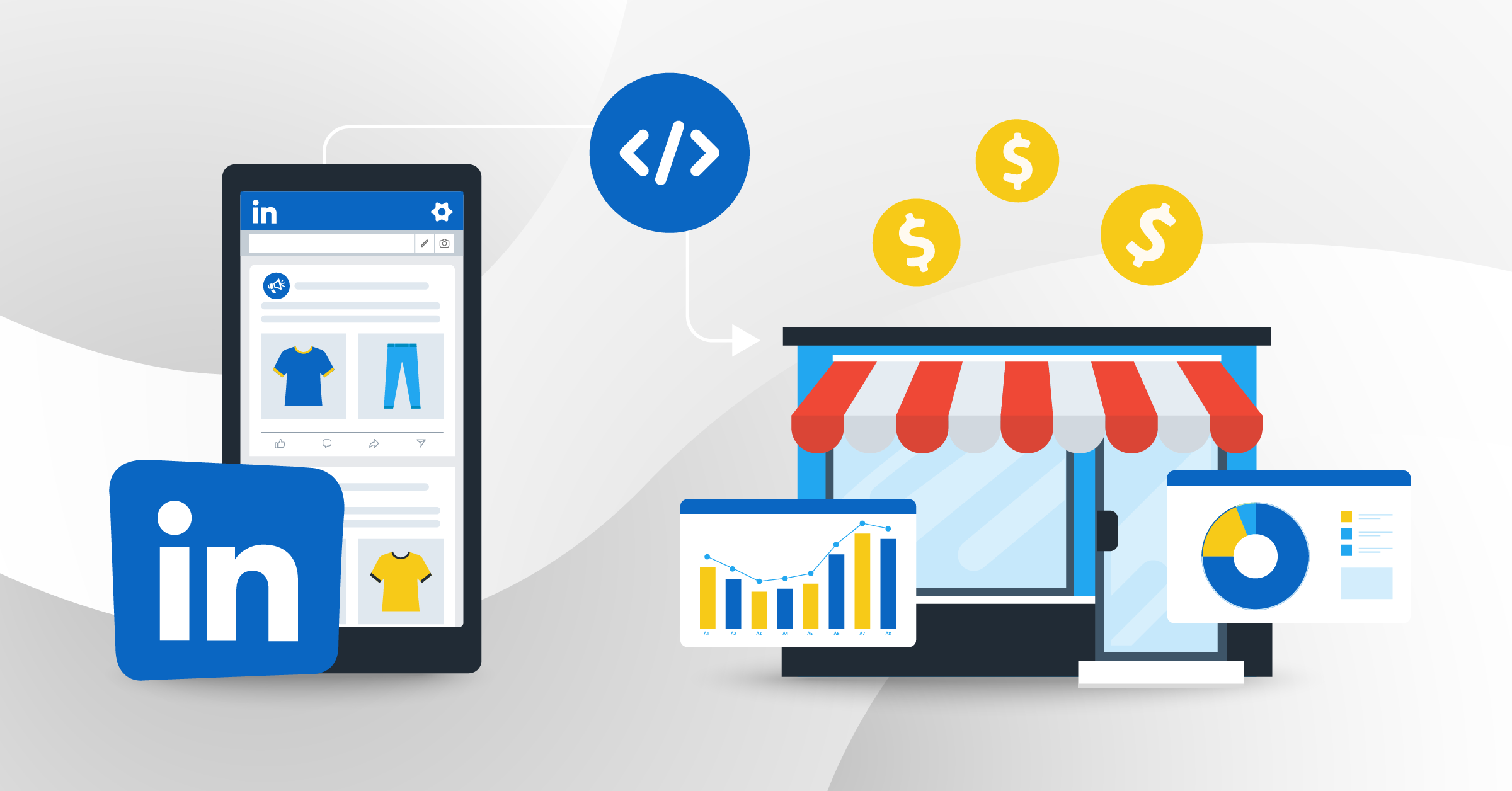
Human resources (HR) automation is a growing trend that has the potential to revolutionize the way businesses manage their HR processes. As technology continues to advance and become more accessible, more companies are adopting automation solutions. This will not only help them remain competitive but also improve their operational efficiency and, ultimately, their bottom line.
This article discusses how HR automation can help streamline HR tasks and processes, and explores the different tools and integrations available to implement a robust and interconnected HR system.
What is HR automation?
HR automation refers to using technology to automate or streamline human resources (HR) processes, tasks, and workflows. HR automation tools are used to manage various HR functions such as recruitment, employee onboarding, benefits administration, payroll processing, performance management, employee engagement, training and development, and more.
The goal is to reduce the amount of manual work required for HR processes, increase efficiency and accuracy, and free up HR professionals to focus on more strategic activities that require human input and decision-making.
Benefits of HR process automation
Companies can pinpoint the areas where they may be failing to manage HR tasks by identifying their shortcomings. According to BambooHR onboarding statistics, only 12% of employees find their employer’s onboarding process satisfactory, while effective onboarding can boost employee commitment by 18 times. In addition, research from Gartner indicates that 40% of employees leave due to the lack of career progression prospects. Another study by TechRepublic revealed that 48% of organizations are aware of former employees retaining access to their corporate networks, and the list goes on.

Since HR functions as the nucleus of an organization, the benefits of automation extend to all corners of the business, creating a positive impact on employees, leaders, business partners, and customers alike. The most notable advantages of HR automation include:
- Increased efficiency and productivity: Streamlining HR processes through automation frees up HR professionals to focus on higher-level tasks, leading to increased efficiency and productivity.
- Reduction in human error: Automation reduces the risk of costly and time-consuming errors in HR operations.
- Cost savings: It can help organizations save on costs related to staff time, paper, and other resources.
- Improved onboarding: Automating onboarding can provide a seamless and efficient experience for employees, leading to improved satisfaction, engagement, and retention.
- Enhanced employee experience: It can improve your employees’ experience across the board by reducing administrative tasks and providing easy access to information and support.
- Flawless offboarding: A streamlined offboarding can ensure that all necessary steps are completed accurately and on time, reducing the risk of errors or omissions that could harm the organization or departing employee
- Improved compliance: It helps organizations stay compliant with legal and regulatory requirements related to HR tasks, including those related to managing contractor vs. employee dynamics.
- Improved Document Management: HR automation platforms may offer a virtual mailbox feature, which allows employees to receive important documents and information in a secure and organized manner. By providing easy access to information, HR automation enhances employee experience and ensures that critical information is not lost or misplaced.
The mechanics of HR automation
To grasp the inner workings of HR automation, it’s essential to consider the individual steps involved in the process:
- Identify the HR process: Automating human resource processes starts with the identification of a repetitive workflow or task that can be automated, such as recruitment, onboarding, performance management, etc. You could follow step-by-step onboarding best practices to structure this part of the process more effectively.
- Choose an HR automation tool: With several automation tools available in the market, businesses can select the most suitable ones to automate specific HR tasks that align with their unique needs.
- Integration: After selecting an appropriate tool, it’s necessary to integrate it with other HR systems and databases based on the specific HR process being automated.
- Configuration: Once the integration is complete, the software should be configured to meet your organization’s specific needs. This includes setting up workflows, rules, member access, and other parameters. Incorporating free HR software can be a great option for this as it streamlines employee onboarding and management tasks without adding extra costs.
- Training: Some automation platforms are complex, and your HR personnel needs adequate training to use the software and interpret the data generated by the system.
- Implementation: Once the tool is configured and employees are trained, the automation process can be seamlessly incorporated into your HR team’s workflows. This involves replacing manual tasks with automated ones, such as using an applicant tracking system to filter resumes and screen potential candidates.
- Monitoring and analysis: Data and metrics generated by tools can be analyzed to pinpoint improvement areas and evaluate the effectiveness of automated processes. HR professionals can leverage this data to enhance the process and make informed data-driven decisions.
Examples of HR automation in action
- Applicant Tracking Systems (ATS): ATS are software applications used to manage the recruitment process by automating tasks such as job posting, resume screening, and candidate tracking.
Tool Examples: BambooHR, Greenhouse, Workable, and JazzHR.
- HR Information Systems (HRIS): HRIS software is designed to manage employee data, including personal information, performance reviews, benefits, and payroll.
ATS Tool Examples: SAP SuccessFactors, Workday, ADP Workforce Now, Kronos Workforce Ready, and BambooHR.
- Performance Management Systems (PMS): PMS tools optimize the performance review process, including goal setting, tracking progress, and feedback.
PMS Tool Examples: Lattice, SuccessFactors, Trakstar, and Reflektive.
- Learning Management Systems (LMS): LMS software manages and delivers employee training and development programs.
LMS Tool Examples: Moodle, Cornerstone OnDemand, Blackboard, Litmos, and TalentLMS.
- Time and Attendance Software: This type of software automates time tracking, scheduling, and attendance management.
Time Management Tool Examples: TSheets, ADP Time & Attendance, Kronos Workforce Central, and Replicon.
- Employee Self-Service Software (ESS): ESS software provides employees with access to their personal information, benefits, and pay stubs. For streamlined payroll processes and to ensure employees receive accurate documentation, HR teams can benefit from tools such as an online pay stub generator, which simplifies the creation and distribution of employee pay stubs while maintaining compliance with recordkeeping regulations.
ESS Tool Examples: BambooHR, Zenefits, ADP Time & Attendance, PeopleSoft, and Gusto.
- Onboarding Software: These tools help automate the employee onboarding process by guiding new hires through tasks such as paperwork completion and training.
Onboarding Tool Examples: BambooHR, Workbright, SilkRoad, and Onboarding.
- Payroll Software: Payroll software simplifies the process of calculating and distributing employee paychecks, including taxes and deductions. Also, you can create voided check for direct deposit for payroll.
Payroll Tool Examples: Gusto, ADP Time & Attendance, Paychex Flex, ThePayStubs and Zenefits.
- Background Check Software: Background check software streamlines the operation involving pre-employment background checks on potential hires. This can include criminal record checks, employment history verification, and reference checks.
Background Check Tool Examples: Checkr, HireRight, Sterling, GoodHire, Accurate Background.
Key considerations for successful HR automation
Despite the many benefits of automated HR systems, there are still some concerns about them. The emerging automation tools demand skill sets well outside of Human Resource’s traditional expertise. These include proficiency in qualitative decision-making, the ability to glean insights from data analytics, and a holistic approach that views the organization as a complex system. Here are some of the most common challenges and considerations for implementing HR automation:
- Integration with existing systems: These tools need to be integrated with existing HR systems, such as payroll, time and attendance, and benefits administration, to avoid data silos and ensure consistency across HR functions. Integration can be a complex and time-consuming process, requiring IT resources and expertise.
- Data security and privacy concerns: Since HR software process and store sensitive employee data, ensuring data security and privacy is critical. Organizations or enterprises need to enforce appropriate security measures, such as encryption and access controls, to protect employee data and comply with relevant regulations such as GDPR and CCPA.
- Employee resistance: Automation can be perceived as a threat to job security and can lead to employee resistance. Your company should communicate the benefits of HR automation and involve employees in the implementation process to alleviate concerns and promote adoption.
- Cost and time investment: Automation tools can require a significant investment of time and resources, including software licensing, hardware, and IT support. Your organization must carefully evaluate the cost-benefit and plan for a realistic implementation timeline.
- Insufficient Tech Knowledge: There is a growing need for tech skills in automation, and these tools demand a certain level of technical expertise to set up and manage effectively. HR professionals may require additional training in case they lack the necessary skills and knowledge to implement and maintain highly technical automation tools.
- Bridging the gap between HR and engineering teams: Collaborating with the IT or engineering team may be necessary to set up, tailor, or resolve technical problems. This can add an additional layer of complexity and potential delay to the implementation process.
Why HR automation requires a diverse toolset
HR teams employ a range of tools for different HR functions to optimize performance and outcomes by tailoring the technology to each unique HR process. For example, applicant tracking systems (ATS) are designed to streamline recruitment processes, whereas learning management systems (LMS) are designed to manage and deliver employee training and development programs.
HR personnel can optimize processes, improve data management, and streamline decision-making by adopting automation tools that match their unique requirements. For example, Workast adds project and task management capabilities to HR automation, allowing seamless integration across various HR functions and helping teams to stay organized and aligned. Let me know if this works. Doing so also helps to minimize errors and maintain regulatory compliance.
Boosting HR efficiency: The power of interconnected data systems
When HR automation tools are integrated and connected, your team can share data and information, automate workflows, and streamline HR processes. That’s where integrations come to play.

Integrations connect different systems and allow for seamless data transfer. SaaS product integrations enable customers to work efficiently without manually moving data or switching between systems.
Native integrations vs. third-party integrations
Many tools that automate HR tasks come with native integrations. They use the APIs of each system, which means that they can take advantage of each system’s functionalities and use the data models of each connected platform or application. These in-built integrations can offer great functionality and customization options but also have some shortcomings. For instance, not all the tools offer native integrations or are compatible with other tools.
Third-party integrations, on the other hand, are created by integration platforms or unified APIs that use their own pre-built integration connectors or APIs. These embedded iPaaS solutions use standard data models and workflows based on popular use cases seen across businesses.
Integration providers, such as LeadsBridge, offer features that drive businesses to choose third-party integrations over native ones. These features include:
- Easy-to-use UI: Third-party integration dashboards often have visual workflow builders. This allows business users to set the flow of data between different applications without needing to learn how to code.
- Single dashboard operation: A single dashboard that consolidates data from multiple systems. In addition to company-wide usage, it can provide HR professionals with a unified view of all HR processes and functions, making monitoring and managing the entire HR workflow easier.
- Real-time data sync: Only a few third-party applications, such as LeadsBridge, enable you to run real-time data synchronization, ensuring that data is always up-to-date and accurate across all systems and platforms. It means that any changes made to data in one system are immediately reflected in all the connected systems.
LeadsBridge solutions for HR automation
LeadsBridge is a software platform that provides automation and integration services to help businesses streamline their marketing and sales processes. By integrating HR automation tools, you can create a more streamlined and integrated HR ecosystem that supports their HR goals and objectives. LeadsBridge solutions offer several unique advantages, including but not limited to:
- Integrating HR systems: LeadsBridge facilitates integrating your HR databases and applications, allowing HR professionals to automate tasks such as data entry, record keeping, and reporting.
- Automating employee communication: LeadsBridge helps you automate employee communication, sending emails or SMS messages to employees based on specific events or triggers. This can help your HR team to keep employees informed about important HR-related updates, such as new policies or benefits.
- Tracking employee performance: LeadsBridge allows you to seamlessly connect central systems with analytics platforms, helping HR professionals to track employee performance metrics and use this data to make more informed decisions.
- Enhancing candidate experience: LeadsBridge facilitates integrations of recruitment tools with job platforms, enabling your HR team to create targeted recruitment campaigns that enhance the candidate experience and improve the chances of successful hires.
Final thoughts
Implementing HR automation means leveraging software and technology to automate HR tasks that are repetitive, time-consuming, and prone to costly errors. This reduces the need for manual intervention and streamlines your HR team’s workflows. However, organizations need to carefully evaluate the implementation of an automated system, while providing the necessary training and support to HR professionals.
Finally, creating an interconnected system is crucial as it enables different HR functions to work seamlessly together. When all your automation tools are integrated and connected, they can run workflows on autopilot, streamline HR processes, and share data and information.























